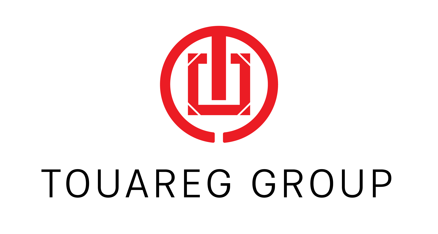


Bonds are a popular investment option known for their lower risk and stable returns compared to stocks. They offer a predictable income stream and are often favored by those seeking long-term, stable investments. In the upcoming lessons, we'll delve into various aspects of bond investments, with a focus on US Treasuries and other bond categories, exploring their characteristics, risks, and interrelationships. With the expert guidance from Touareg Group, you'll gain a thorough understanding of bond investments.
A bond is essentially a loan made by an investor to an entity such as a government, corporation, or other organizations. This entity issues the bond to raise funds and, in return, promises to pay a fixed interest rate and return the principal amount at maturity. To illustrate, consider this analogy:
Imagine lending $1,000 to a friend who agrees to repay you in 5 years. Each year, your friend pays you $50 in interest and provides a written promise of repayment. This written promise is similar to a bond.
Here are five key elements of bonds that you should be familiar with:
1. Face Value: The face value is the amount the bond will be worth at maturity. Regardless of the bond's purchase price, the face value is what you'll receive at maturity. For example, whether you buy a bond with a $100 face value for $105 or $95, you'll receive $100 at maturity. This amount determines your return at the end of the bond's term.
2. Bond Price: The bond price determines your yield. If you buy a bond with a $100 face value for $95, you make a $5 profit at maturity. Your yield is influenced by this price difference.
3. Maturity Date: This is the date when the bond's term ends, and the issuer repays the bond's face value. You can also choose to sell the bond before this date.
4. Coupon Rate: The coupon rate is the interest rate paid to bondholders periodically. For instance, a $100 face value bond with a 5% coupon rate pays $5 annually, typically in two semiannual payments of $2.50 each.
5. Yield to Maturity (YTM): YTM represents the total return anticipated if the bond is held until maturity. For a bond bought at $95 with a face value of $100 and no periodic interest, YTM calculations show how much you earn annually if held to maturity. As bond prices drop, YTM rises, indicating an inverse relationship between bond prices and yields.
Bonds are generally categorized into Treasuries, Municipal Bonds, and Corporate Bonds, based on the issuer. Here’s a detailed look:
Treasuries are issued by sovereign governments, with US Treasuries being highly regarded for their safety. Investors view US Treasuries as a safe haven, particularly during economic instability. Key features of Treasuries include:
• Extremely Low Credit Risk: Backed by the full faith and credit of the US government, Treasuries are considered the safest investments with negligible default risk.
• Fixed Interest Rate: Treasuries offer a fixed interest rate, providing predictable future payments.
• High Liquidity: The US Treasury market is highly active, making it easy to buy and sell these bonds.
Issued by local governments or their financing entities, municipal bonds fund public projects and offer certain tax benefits. They are characterized by:
• Tax-Exempt Interest: Many municipal bonds provide federal income tax exemption, making them attractive to investors, particularly those in higher tax brackets.
• Variable Interest Rates: Rates and credit ratings can vary based on the issuing region, influencing risk and return.
Corporate bonds are issued by companies to raise funds for various purposes, from expansion to debt repayment. They are characterized by:
• Diversity: Corporate bonds come in various types, each with different credit ratings and interest rates.
• Varied Risk: The credit risk associated with corporate bonds depends on the issuing company's financial health, reflected in its credit rating.

Credit ratings assess an issuer's ability to repay debt. They play a crucial role in bond investment decisions. In the US, major agencies like Standard & Poor's (S&P), Moody's, and Fitch Ratings evaluate bonds.
Credit ratings are divided into:
• Investment Grade: Ratings from "AAA" to "Baa" (or equivalent). These bonds have lower risk and offer lower interest rates, attracting conservative investors.
• Non-Investment Grade: Ratings from "Ba" to "D" (default). Also known as high-yield or junk bonds, they offer higher interest rates but come with increased risk.
Touareg Group is committed to helping investors understand these concepts thoroughly, ensuring informed decision-making in bond investments. In the next lesson, we will explore the advantages and risks associated with investing in US bonds, equipping you with a comprehensive understanding for strategic investment decisions.
Other News

